Understanding CQRS (Command Query Responsibility Segregation) Pattern: A Smarter Way to Handle Data
In modern software architecture, performance, scalability, and maintainability are critical. One powerful pattern that helps achieve all three is CQRS — Command Query Responsibility Segregation. This design principle separates how data is written (commands) from how it is read (queries), making complex systems faster, more reliable, and easier to evolve.
What is CQRS?
CQRS stands for Command Query Responsibility Segregation, a design pattern that divides your system’s operations into two distinct parts:
-
Command Side: Handles data modifications — actions like creating, updating, or deleting records.
-
Query Side: Handles data retrieval — operations that fetch and display data without modifying it.
This separation improves performance, scalability, and data consistency, especially in complex, event-driven, or distributed systems.
How CQRS Works
-
Command Operations:
When a user performs an action (like “place an order”), the system sends a command to modify the state of the application.
Example:PlaceOrderCommandupdates inventory and order records. -
Query Operations:
When a user requests information (like “view order details”), a query retrieves data optimized for reading — often from a separate read database or cache. -
Event Bus (Optional):
In advanced architectures, an event bus or message queue communicates changes between write and read models, ensuring data synchronization.
Benefits of Using CQRS
-
Performance Optimization: Separate read and write databases can be tuned independently for speed.
-
Scalability: Scale reads and writes differently based on system load.
-
Flexibility: Different data models can be used for reading and writing, allowing more efficient structures.
-
Maintainability: Easier to manage complex business logic and evolving systems.
-
Improved Security: Different access models for commands and queries reduce accidental data corruption.
When to Use CQRS
CQRS is most beneficial when:
-
The system has high read/write loads.
-
The read and write operations have vastly different performance needs.
-
There’s complex business logic around data updates.
-
The application needs to scale independently for reads and writes.
-
You’re using event-driven or microservices architectures.
However, CQRS adds complexity — it’s not always needed for simple CRUD (Create, Read, Update, Delete) applications.
Example Use Case
E-commerce platform:
-
Command: “PlaceOrder” updates stock and payment records.
-
Query: “ViewOrderHistory” retrieves customer orders from a read-optimized database.
This ensures smooth performance even under heavy load, improving user experience and backend reliability.
Frequently Asked Questions (FAQs)
1. What is the main idea behind CQRS?
CQRS separates read and write operations into different models to improve scalability, flexibility, and performance.
2. Is CQRS the same as Event Sourcing?
No. CQRS can be used with or without Event Sourcing. Event Sourcing stores all changes as events, while CQRS focuses on separating command and query logic.
3. Can I use CQRS in small applications?
Yes, but it’s often unnecessary unless your app faces complex data-handling or scalability challenges.
4. How does CQRS improve performance?
By using separate databases or models for reads and writes, each can be optimized independently — improving query speed and write consistency.
5. Is CQRS suitable for microservices?
Absolutely. It fits perfectly with microservices by allowing each service to handle its own read/write responsibilities independently.
6. What technologies support CQRS?
Frameworks like Axon Framework (Java), MediateR (.NET), and NestJS CQRS Module (Node.js) make implementing CQRS easier.
Conclusion
The CQRS pattern is a modern architectural approach that brings scalability, performance, and clarity to complex systems. By decoupling reads from writes, it empowers developers to optimize each path separately — ensuring a smoother, more efficient experience for both users and systems.













 2025. All rights reserved
2025. All rights reserved